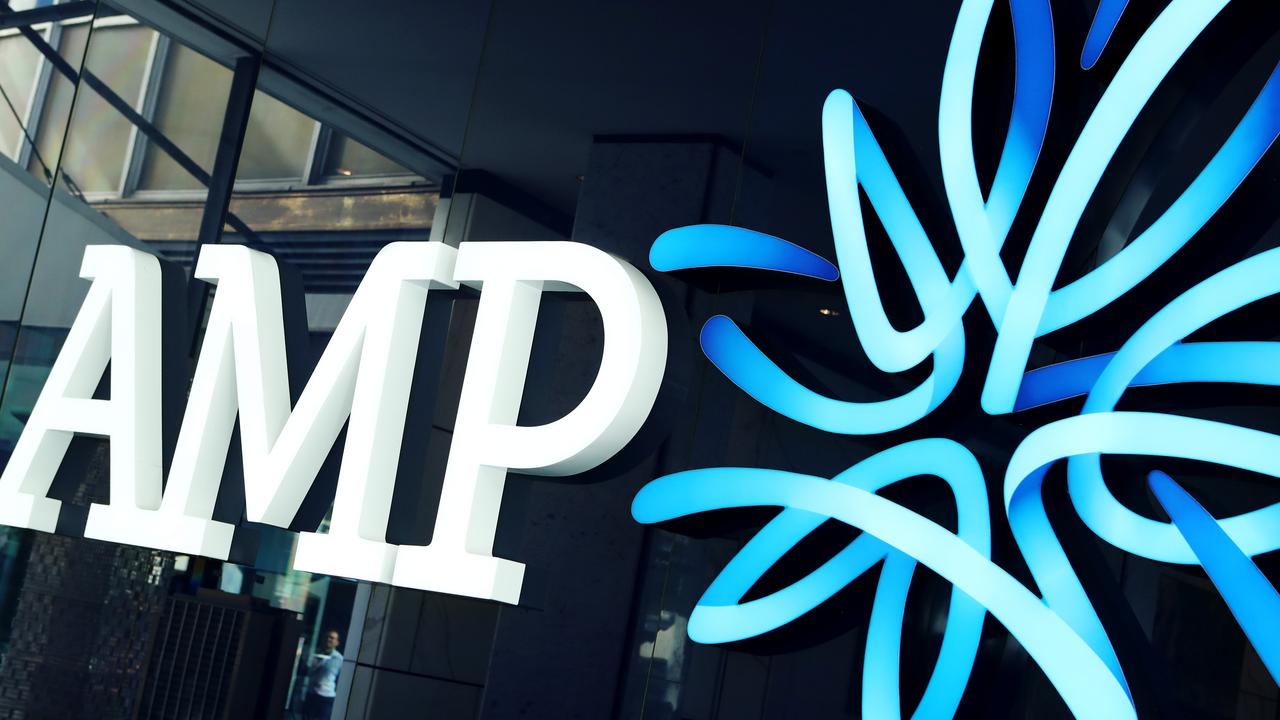Crying all the way to the bank: women suffer pay gap, while men refuse to act
Almost half of males working in financial sector say the gender pay gap in their industry is ‘grossly exaggerated’.

They are known as the “masters of the universe”, and it is clear why bankers, financial advisers and those in control of our money have maintained such a gendered nickname.
The financial services sector continues to have the highest gender pay gap of any industry in Australia, according to the Workplace Gender Equality Agency.
There is a 27.5 per cent difference in total remuneration between males and females, yet plenty of men in the field don’t appear ready to accept it.
When asked in a new survey if the gender pay gap in financial services is “grossly exaggerated”, 44 per cent of men in the sector strongly agreed or agreed, compared to just 12 per cent of women.
And 60 per cent of men in financial services say their organisation is transparent about pay, three times higher than the 18 per cent of women, the latest gender survey of 780 workers by the Financial Services Industry of Australasia finds.

“The strong differences between male and female perceptions may be indicative of gender bias and may be the reason why improvement in gender equality (in the industry) is so slow,” FINSIA chief Chris Whitehead said.
“The report is a wake-up call to all those in the industry to become aware of the operation of unconscious bias and put in place processes to counter it.”
The biennial survey, which began in 2010, also found sexual harassment and sexism continued to be rife in financial services workplaces, with more than half the female respondents and one in three males respondents saying they have either experienced or know someone who has experienced harassment or sexism.
“The number of female respondents indicating they feel comfortable raising issues or concerns relating to gender equity to leaders has dropped from 43 per cent (in 2018) to 32 per cent (in 2020),” the report concludes.
WGEA director Mary Wooldridge said the FINSIA research confirmed her agency’s work.
“Our most recent data has identified what we refer to as an action gap: organisations may take the first steps to try to understand the gender pay gaps in their workforce, but then fail to take any action to address them,” Ms Wooldridge said.
Victoria Weekes, the current FINSIA president and past chair of the Australian Gender Equality Council, said too little had changed a decade on from the organisation’s first gender survey.



